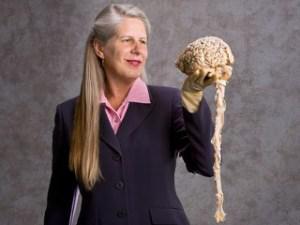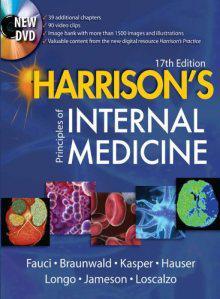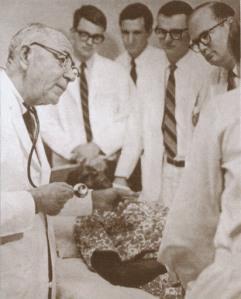Want to know what it’s like to suffer a stroke? Hopefully you will never experience this but imagine someone, whose life work is studying the brain, suffering a stroke and surviving to tell what it was like. Subjectively. As a scientist and as a person.

This is exactly what happened to Jill Bolte Taylor. Her stroke affected both her motor and speech areas. Her description of and insights into what happened and how she as a scientist reacted, as revealed in this movie on TED.com, are astonishing and candid. There is much here a writer can use.
Her comments reminded me of Dr. Tinsley Harrison. Every medical student devours Dr. Harrison’s Principles of Internal Medicine. Word by word. It is the Bible of all things medical. Dr. Harrison was a professor at the University of Alabama College of Medicine when I was a student and intern there. I learned a great deal from him, as did anyone who ever spent time with him. It must have similar to Socrates’ students learning at his side. The man was quite simply brilliant.

He was, like Jill Bolte Taylor, a true scientist. In his other classic book, Principles and Problems of Ischemic Heart disease, co-authored with my old Chief of Medicine, T. Joseph Reeves, he concludes with 21 case histories. The final case he titled: “Subjective Aspects of an Acute Myocardial Infarction (as related by the patient).”

Dr. Harrison teaching, always teaching
It was an account of his own myocardial Infarction (heart attack), which he suffered at the age of 65. He was at his Lake Martin house when the pain began and while waiting for the ambulance to drive out and pick him up, he performed several tests to see how they affected the pain in order to “test some of his own teachings about ischemia pain.” He smoked a cigarette, moved his arms around, stretched, changed position, and even observed, after departing for the hospital in the back of an ambulance, how the bumpy road altered the pain. He found that none of these made any difference, the pain neither increasing nor resolving. Of course, Dr, Harrison survived his ordeal and went on to teach for many more years.
